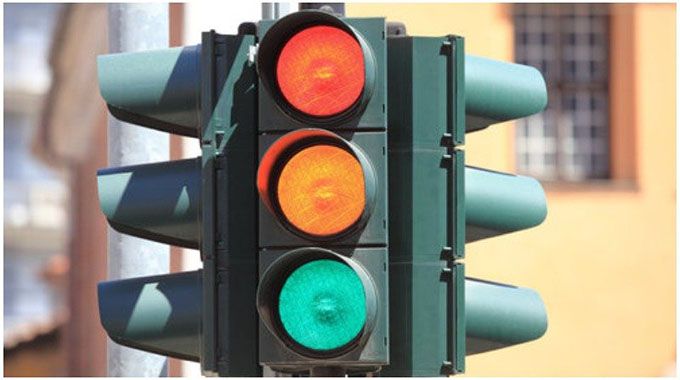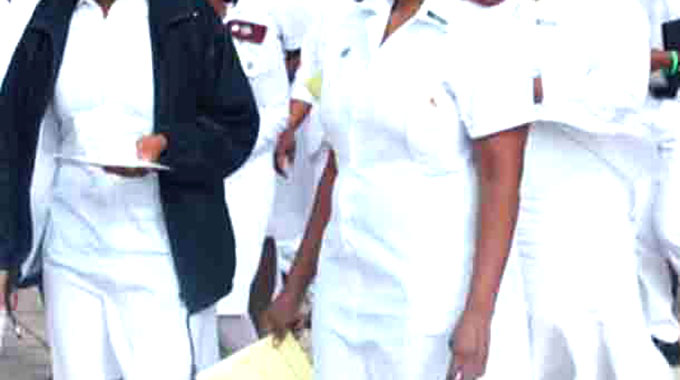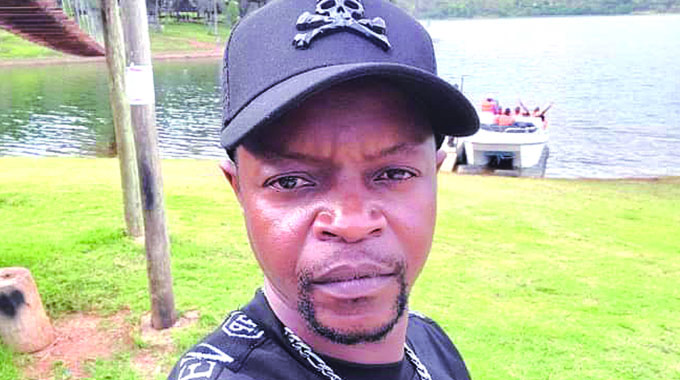EDITORIAL COMMENT : Maintain traffic lights, upgrade link roads

The growing gridlock, especially at peak periods, on many Harare roads as a direct result of failing traffic lights highlights the need for continuous maintenance and for innovative rethinking on just how to keep traffic rolling smoothly.
The problem is not just non-functioning traffic lights. In the city centre at least, and along some highways preferably, there is need for automatic adjustment of the change timing to prevent that problem that frequently arises of more cars able to enter a street block while a light is green than the block can hold, thus blocking intersections until the lights at the other end of the block can release some of the pressure.
And then we have the problems of drivers breaching road traffic rules. Amber is supposed to mean stop unless you are so close that, at the speed the traffic is flowing, it is impossible to do so. But for many in the crawling city centre traffic flows, when anyone can stop within a metre or two, many drivers reckon it is an invitation to move into the intersection and block it when traffic in the other direction is given a green light.
And at night most drivers regard a red light as a give way sign, and are quite happy to drive through a red light, sometimes bully traffic who do have the right of way to brake sharply to avoid an accident. And sometimes there is a crash.
Until the last few months, load shedding at Zesa caused an extra set of problems, regularly non-functioning lights at very dangerous intersections, and even now faults can cause lights to fail. Solar-powered traffic lights are supposed to be immune to this problem, but we find, especially in cloudy days in winter, that the batteries or the panels are not quite large enough, so there are breaks from evening onwards, in power supplies. And of course vandalism and theft cause their own problems at such lights.
The solutions are multiple.
Along most major arterial roads there is usually enough land at the most important intersections for a roundabout. Layout plans might need to be adjusted and public land included in the road reserve, or service roads along the side of a major highway cut short.
Occasionally a slice of some suburban garden may have to be expropriated, which is legally possible so long as the laid down compensation rules are followed.
Traffic engineers have told us that the cost of building a roundabout is roughly the same as the cost of erecting a set of traffic lights. So there is no financial barrier. It takes a bit longer to build the roundabout and realign the highway lanes around it, but we are talking about a few weeks of inconvenience to gain a permanent solution.
Joshua Mqabuko Nkomo Road leading the Robert Gabriel Mugabe International Airport shows the huge advantages well made roundabouts can make on a long stretch of arterial highway within city limits, giving excellent traffic flows and a high level of safety. For roundabouts are safe. The worst accidents are nose to tail collisions as some impatient driver enters the roundabout right in front of a moving vehicle that does have right of way. But those are rare.
When traffic flows are light in the middle of the night no one has to stop for a minute or two to wait for a light to change, they just drive round. And roundabouts work through power faults, do not need bulbs changed, and are nearly impossible to vandalise.
And even accident damage to the roundabout is trivial. While you sometimes see smashed light posts and the like at a traffic light intersection, the worst that can happen at a roundabout is a short set of tyre tracks climbing the curb and ending up on the earth mound.
So one of the first things that Harare City Council needs to do is work out the schedule for converting traffic light intersections into roundabouts, both along the arterial roads and along the ring roads such as Harare Drive and the inner ring of Glenara Avenue-Churchill Avenue in the north, and Masotsha Ndhlovu Way and that inner ring of Cripps Road-Vitalis Zvinavashe Road in the south.
Even building just a couple of roundabouts a month will see the most dangerous intersections converted within a year, and far better traffic flows all round within two.
The city centre is a different problem. The odd roundabout on the western edge along Abdel Gamal Nasser Road and on the eastern edge along Emmerson Dambudzo Road South are a possibility, but for the rest lights are the only solution since there is no space for anything else.
For a start all traffic lights need to work. So maintenance has to be given a high priority. Some lights are so damaged or so old they need to be replaced, but the conversion of light-intersections to roundabouts away from the city centre will provide a pool of spare parts and replacement fittings.
The second stage is to install a traffic-light timing system. Long ago, in the 1960s, council engineers designed and installed a timing system along the major through routes that allowed a driver willing to travel sedately at a regular speed to find a succession of green lights.
There were two settings, one for mornings with a lot of incoming traffic and one for afternoons with a lot of outgoing traffic. This was overwhelmed as volumes grew.
But a rather expensive and more modern system was then installed that laid induction coils under the lanes approaching a set of lights that measured traffic flows and allowed a computer programme to calculate the optimal timings to maximise flows.
It appeared to have been designed in a country where drivers do stop on amber lights, so Harare gave it a few problems, but it worked, briefly. Since then a complicated one-way network has been put in place and in any case the sensor coils and their connecting cables have long since corroded, been cut or have been dug up.
But presumably there is something now far more advanced that is off-the-shelf or, perhaps better still, Zimbabwean engineers and technical institutes can develop something home-grown.
We also need to look at when even roundabouts, and they are more efficient than traffic lights, are overwhelmed, and need replacement with a flyover. But we do not need many. Already there are plans to replace the Mbudzi roundabout along Simon Mazorodze Road, and the only other site at present would be to try and figure out how to cope with the intersection of Kenneth Kaunda Avenue-Fidel Castro Road with Julius Nyerere Way-Seke Road. A roundabout would be better than nothing, if there is no room for a flyover, but buying out three small old properties and chopping the corner off the railways land would provide space for something more useful than those crazy lights.
But, in short, the city council needs to get what we have working while it plans better solutions, harnessing Zimbabwean technical experts where necessary. Continuing to assume some engineer created a perfect system more than half a century ago is no longer an option.









Comments